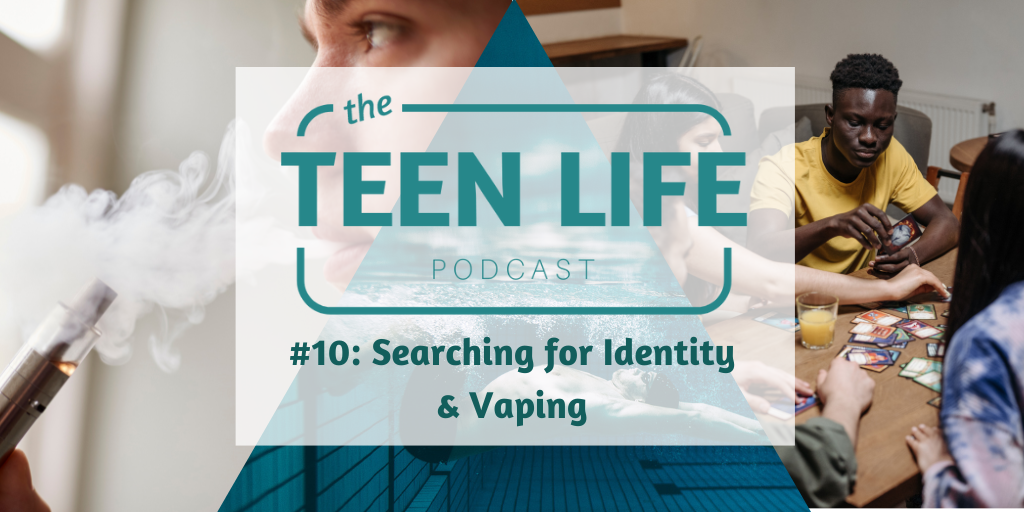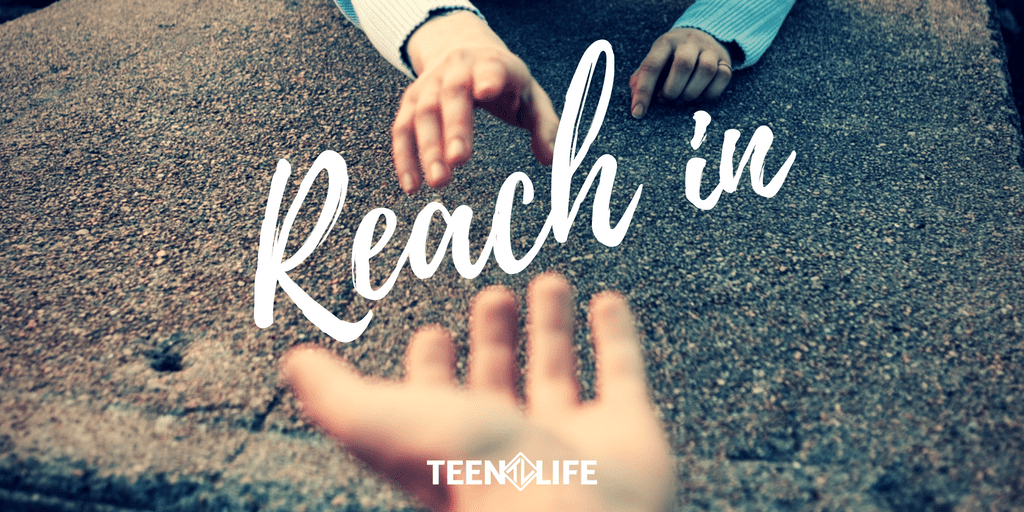
Ep. 10: Searching for Identity & Vaping
Podcast: Play in new window | Download
How do we help teens develop their identity?
Adolescence is hard work! One of the biggest reasons adolescence is so hard is because as teens we explore who we are and develop our identity.
Find out more on this week’s episode as Chris and Karlie discuss identity. They’ll also share the important facts on vaping, a health hazard that 1 in 5 teens is doing. Plus, don’t miss the breakdown on fun, family-friendly games that bring everyone together.
Teen Life Summit sessions are no longer available.
In this episode, we mentioned the following resources:
Have a question?
If you have a question about something you heard or just want to give us some feedback, please leave us a comment below. We would love to hear from you!

Karlie Duke
Communications Director

Chris Robey
Former CEO
Karlie Duke | Director of Communications
Karlie has always had a heart for teenagers. Through her role at Teen Life, she loves to showcase the amazing stories coming out of Support Groups, but she is especially passionate about helping adults and teenagers find connection. Karlie has a BS in Communications with a minor in Family Studies from Abilene Christian University.
Chris Robey | Former CEO
Chris has spent most of his career empowering teenagers from all backgrounds. As the former leader of Teen Life, he is passionate about helping students make good choices while also giving adults the tools they need to communicate more effectively with teens. Chris is a graduate of Midwestern State University and holds a Master’s Degree in Family Life Education from Lubbock Christian University.









